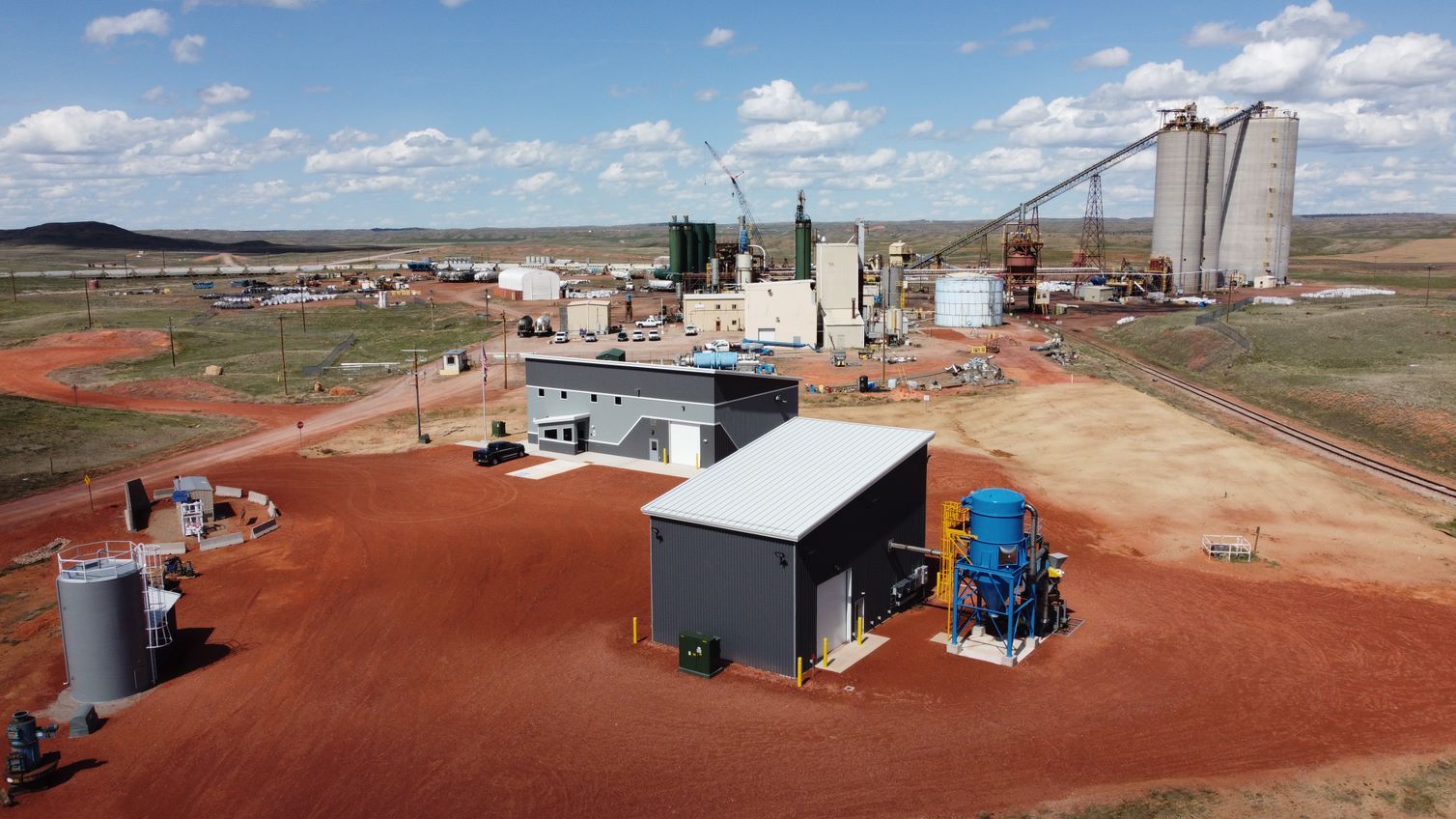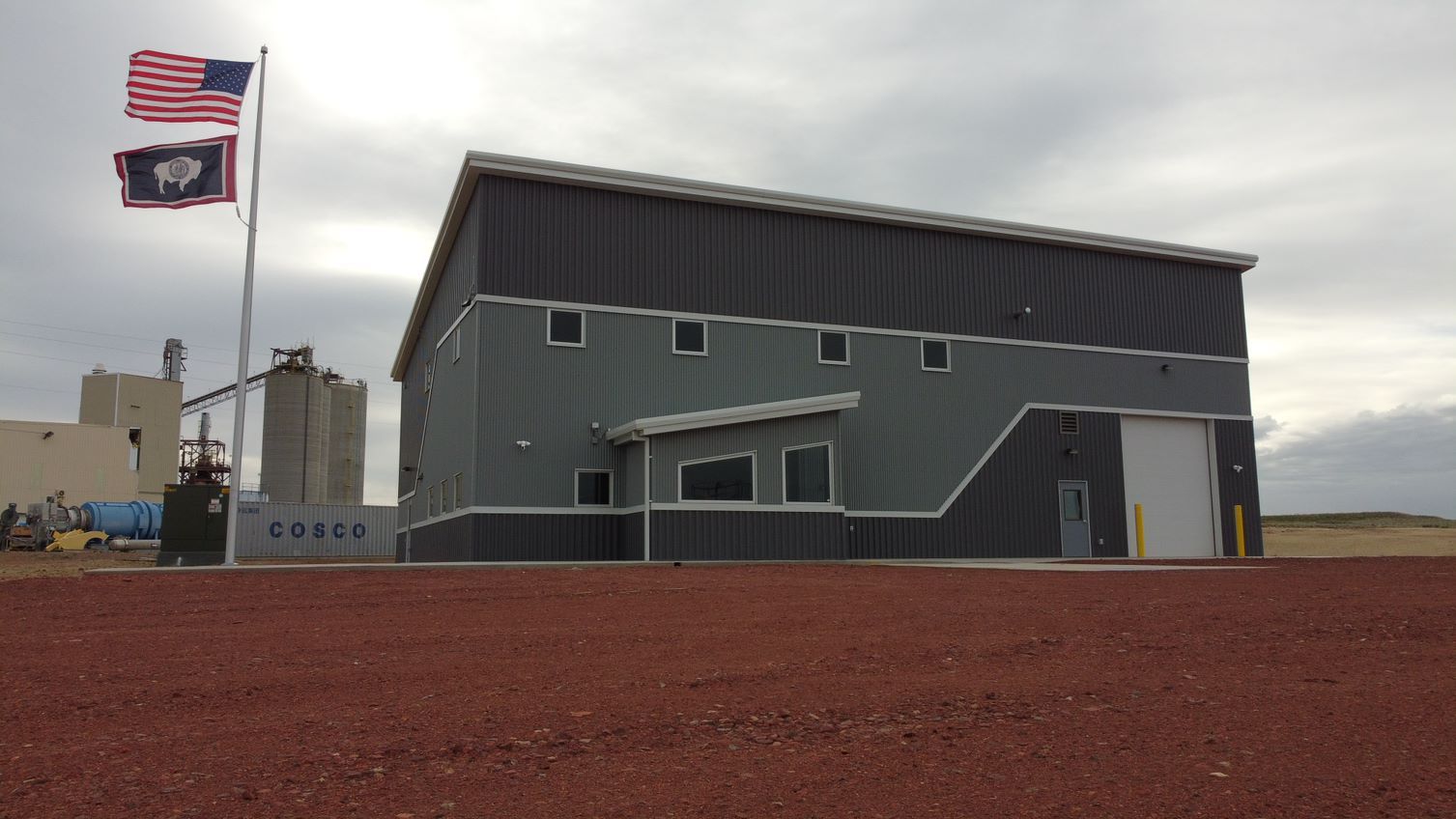The future of coal as a major energy resource is fraught with uncertainty, given coal burning’s detrimental impact on the environment. Coal accounted for more than two-fifths in the overall growth of CO2 emissions last year, reaching an all-time high of 15.3 billion tons, according to the International Energy Agency, to say nothing of the sulfur dioxide and nitrogen oxides each ton of coal burned produces. As of mid 2020, renewables surpassed coal as the second most-used electricity source in the U.S., behind natural gas, according to the U.S. Energy Information Administration (EIA).
“The phasing out of coal will … be fundamental to meet net-zero goals by 2050 globally. As highlighted by the IEA, all unabated coal needs to be phased out by 2040 to be on track to achieving net zero by 2050,” states the World Economic Forum.
EIA estimated last October that there’s more than 250 billion short tons of recoverable coal in the U.S. (A short ton is equivalent to around 2,000 lbs.) How much of this asset gets spent ultimately could depend on finding ways to use coal that are less toxic to the environment and populations, as well as politically and socially acceptable.
About 165 billion tons of that recoverable coal are in a region in Wyoming’s Campbell County called Carbon Valley, which is where the Wyoming Innovation Center held its grand opening earlier this month. The 9.5 acres that the 5,500-sf innovation center sits on in the town of Gillette were once an active coal mine that was converted into an industrial park. The Innovation Center’s mission is to provide a home to companies and researchers developing products using coal and coal byproducts.
NONCOMBUSTIBLE ALTERNATIVES
“The primary focus will be creating noncombustible uses for coal, first on a benchtop scale and then commercially,” explained Ben Reeves, Project Manager and Architect for Arete Design Group in Sheridan, Wyo., the architect on the Innovation Center. BD+C interviewed Reeves with Micky Shober, Project Superintendent with Powder River Construction, the Innovation Center’s general contractor.
The Innovation Center will also home in on extracting pivotal rare earth elements found in fly ash of coal burned at local power plants.
Reeves spoke specifically about Carbon Capture Utilization and Sequestration (CCUS) as one possible area of research. Shober suggested that oxygenation to burn coal more cleanly, and producing tar-like oil from coal for asphalt paving, could be other research avenues.
PART OF A BIGGER R&D PICTURE

The Innovation Center is a relatively simple structure: a metal building on a concrete foundation. The design is basic, too, because “we don’t know yet what the innovators will use the space for; there’s no template,” said Reeves. (The building’s first tenant is the National Energy Technology Laboratory. And news reports have stated that the University of Wyoming is interested in renting space for at least three projects.)
The Innovation Center is among several projects that are exploring new options to address the lifecycle of carbon, including the University of Wyoming School of Energy Resources’ CarbonSAFE project, the Wyoming Integrated Test Center, which opened in 2018 and has been testing CCUS technologies using 20 MW of actual coal derived from flue gas.
“The Innovation Center is further solidifying the Carbon Valley as an R&D hub,” said Phil Christopherson, CEO of Energy Capital Economic Development (ECED), the Innovation Center’s owner, who has been working on this project since 2015. “It will connect our workforce, provide a cleaner environment and ultimately strengthen our economy and community.”
The Innovation Center itself consists of several components: there’s a 4,000-sf building for offices and labs. Another 1,500-sf building is for materials handling and processing. Outside there are seven large open-air pads with power and water available. The site also has a small water pump house.
Reeves pointed out that another advantage of this site is the six-inch high-pressure gas line that runs through the property.
TARGETING A BROAD TENANT BASE

Reeves singled out Jim Ford, an energy and industry advisor for Campbell County, as being instrumental in helping the design and building team make decisions about the project. Reeves and Shober also praised ECED for, in Reeves’ words, “drumming up” interest in the project, both locally, statewide, and beyond. The project received a $1.5 million grant from the Wyoming Business Council, a $1.46 million grant from the U.S. Economic Development Administration, and other funding from Campbell County and the city of Gillette.
Reeves and Shober expected the Innovation Center to draw entrepreneurs and researchers from outside the state.
Related Stories
| Dec 13, 2013
Safe and sound: 10 solutions for fire and life safety
From a dual fire-CO detector to an aspiration-sensing fire alarm, BD+C editors present a roundup of new fire and life safety products and technologies.
| Dec 10, 2013
16 great solutions for architects, engineers, and contractors
From a crowd-funded smart shovel to a why-didn’t-someone-do-this-sooner scheme for managing traffic in public restrooms, these ideas are noteworthy for creative problem-solving. Here are some of the most intriguing innovations the BD+C community has brought to our attention this year.
| Nov 27, 2013
Exclusive survey: Revenues increased at nearly half of AEC firms in 2013
Forty-six percent of the respondents to an exclusive BD+C survey of AEC professionals reported that revenues had increased this year compared to 2012, with another 24.2% saying cash flow had stayed the same.
| Nov 27, 2013
Wonder walls: 13 choices for the building envelope
BD+C editors present a roundup of the latest technologies and applications in exterior wall systems, from a tapered metal wall installation in Oklahoma to a textured precast concrete solution in North Carolina.
| Nov 26, 2013
Construction costs rise for 22nd straight month in November
Construction costs in North America rose for the 22nd consecutive month in November as labor costs continued to increase, amid growing industry concern over the tight availability of skilled workers.
| Nov 25, 2013
Building Teams need to help owners avoid 'operational stray'
"Operational stray" occurs when a building’s MEP systems don’t work the way they should. Even the most well-designed and constructed building can stray from perfection—and that can cost the owner a ton in unnecessary utility costs. But help is on the way.
| Nov 19, 2013
Top 10 green building products for 2014
Assa Abloy's power-over-ethernet access-control locks and Schüco's retrofit façade system are among the products to make BuildingGreen Inc.'s annual Top-10 Green Building Products list.
| Nov 15, 2013
Greenbuild 2013 Report - BD+C Exclusive
The BD+C editorial team brings you this special report on the latest green building trends across nine key market sectors.
| Nov 14, 2013
How increased domestic energy production affects the nation [Infographic]
In light of America's new energy resources and an increased emphasis on energy efficiency, Skanska examined the trends in U.S. energy production and consumption, as well as the benefits we may incur from increased domestic energy production.
| Nov 13, 2013
Installed capacity of geothermal heat pumps to grow by 150% by 2020, says study
The worldwide installed capacity of GHP systems will reach 127.4 gigawatts-thermal over the next seven years, growth of nearly 150%, according to a recent report from Navigant Research.

















